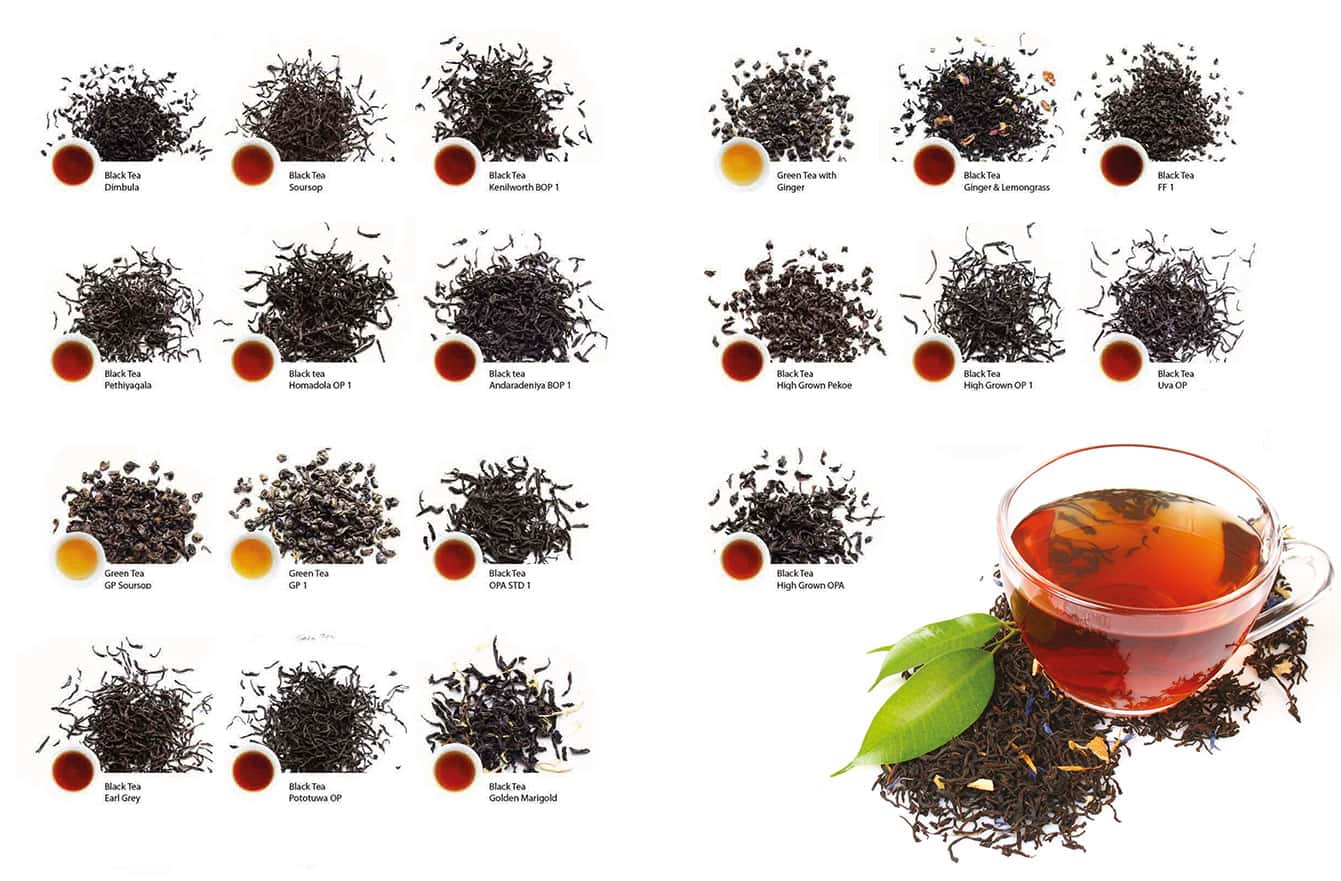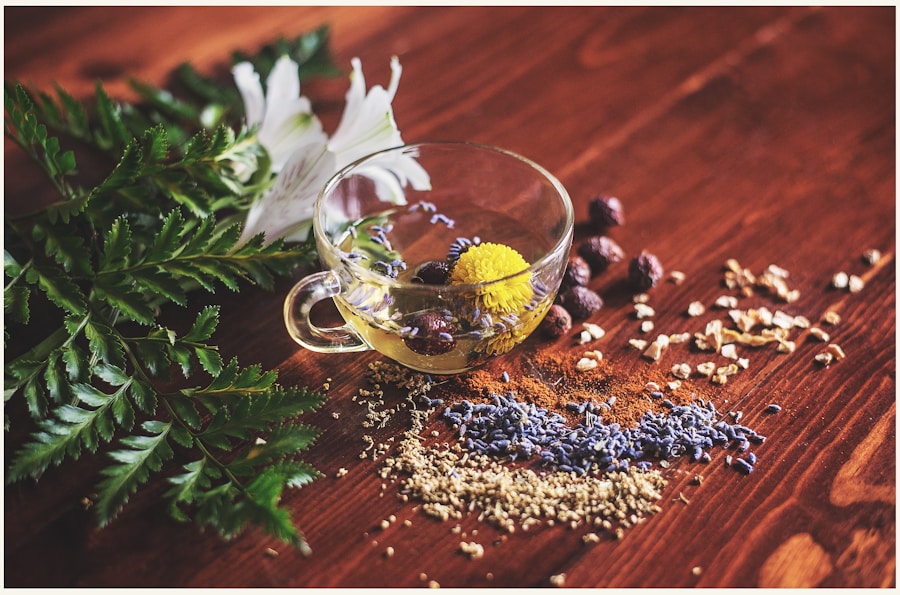The ABCs of Tea Grades: Demystifying the Letters on Your Tea Packaging
Tea grading is the process of categorizing and classifying tea based on various factors such as leaf size, appearance, aroma, and flavor. It is an important aspect of the tea industry as it helps both producers and consumers understand the quality and characteristics of the tea they are dealing with.
Tea grading allows for consistency in the market and helps consumers make informed choices when purchasing tea.
The History of Tea Grading
The practice of tea grading can be traced back to ancient China, where tea was first cultivated and consumed. During the Tang Dynasty (618-907 AD), tea was graded based on the quality of the leaves and the region in which it was grown. This grading system helped establish a hierarchy of teas, with higher grades being more desirable and expensive.
Over time, as tea production spread to other parts of the world, different regions developed their own grading systems. In India, for example, teas are graded based on their appearance and size of the leaves. In Sri Lanka (formerly known as Ceylon), teas are graded based on their quality and flavor.
The Importance of Tea Grading
Tea grading is important for both producers and consumers. For producers, it allows them to differentiate their products in the market and command higher prices for higher-quality teas. It also helps them maintain consistency in their products, ensuring that customers know what to expect when they purchase a particular grade of tea.
For consumers, tea grading provides a way to assess the quality and characteristics of a tea before making a purchase. It allows them to compare different teas and make informed choices based on their preferences. Tea grading also helps consumers understand the value of a particular tea and whether it is worth the price being asked.
The Different Types of Tea Grades
There are several different types of tea grades, each with its own characteristics and qualities. Some common types of tea grades include black tea, green tea, oolong tea, white tea, and herbal tea. Each of these grades has its own grading system and criteria for determining quality.
Tea is typically graded based on factors such as leaf size, appearance, aroma, and flavor. The highest grades of tea are usually made from young leaves that are picked early in the growing season. These leaves are often hand-picked and carefully processed to preserve their quality and flavor.
| Tea Grade | Description |
|---|---|
| OP (Orange Pekoe) | Whole leaf tea with long, wiry leaves |
| OPA (Orange Pekoe A) | Slightly larger and higher quality than OP |
| BOP (Broken Orange Pekoe) | Broken leaves with a robust flavor |
| FBOP (Flowery Broken Orange Pekoe) | Broken leaves with some tips, offering a floral aroma |
| FOP (Flowery Orange Pekoe) | Long, whole leaves with some tips and floral aroma |
| GFOP (Golden Flowery Orange Pekoe) | FOP with golden tips for added sweetness |
| TGFOP (Tippy Golden Flowery Orange Pekoe) | FOP with a higher proportion of golden tips |
| FTGFOP (Finest Tippy Golden Flowery Orange Pekoe) | Highest quality FOP with abundant golden tips |
| SFTGFOP (Super Fine Tippy Golden Flowery Orange Pekoe) | Exceptional quality with abundant golden tips and delicate flavor |
Understanding Black Tea Grades
Black tea is one of the most popular types of tea and is known for its strong flavor and dark color. It is graded based on factors such as leaf size, appearance, and the region in which it is grown. Some common grades of black tea include OP (Orange Pekoe), BOP (Broken Orange Pekoe), and FBOP (Flowery Broken Orange Pekoe).
High-quality black teas are typically made from young leaves that are carefully processed to preserve their flavor and aroma. They have a rich, full-bodied taste and a deep, dark color. When purchasing black tea, look for teas that have a consistent leaf size and a strong aroma.
Understanding Green Tea Grades
Green tea is known for its delicate flavor and light color. It is graded based on factors such as leaf size, appearance, and the region in which it is grown. Some common grades of green tea include Gunpowder, Sencha, and Matcha.
High-quality green teas are typically made from young leaves that are quickly steamed or pan-fried to stop the oxidation process. This helps preserve the natural flavors and antioxidants in the leaves. When purchasing green tea, look for teas that have a vibrant green color and a fresh, grassy aroma.
Understanding Oolong Tea Grades
Oolong tea is a semi-oxidized tea that falls somewhere between black tea and green tea in terms of flavor and color. It is graded based on factors such as leaf size, appearance, and the level of oxidation. Some common grades of oolong tea include Tie Guan Yin, Da Hong Pao, and Oriental Beauty.
High-quality oolong teas are typically made from larger leaves that are carefully processed to achieve the desired level of oxidation. They have a complex flavor profile that can range from floral and fruity to toasty and nutty. When purchasing oolong tea, look for teas that have a consistent leaf size and a rich, aromatic fragrance.
Understanding White Tea Grades
White tea is the least processed type of tea and is known for its delicate flavor and pale color. It is graded based on factors such as leaf size, appearance, and the region in which it is grown. Some common grades of white tea include Silver Needle, White Peony, and Shou Mei.
High-quality white teas are typically made from young leaves and buds that are carefully harvested and dried to preserve their natural flavors and aromas. They have a subtle, sweet taste and a light, refreshing character. When purchasing white tea, look for teas that have a silvery appearance and a delicate fragrance.
Understanding Herbal Tea Grades
Herbal teas are not technically teas as they are not made from the Camellia sinensis plant. Instead, they are made from various herbs, flowers, fruits, and spices. Herbal teas are typically graded based on factors such as the quality of the ingredients and the flavor profile.
High-quality herbal teas are made from premium ingredients that are carefully selected and blended to create a balanced flavor profile. They have a distinct taste and aroma that can vary depending on the ingredients used. When purchasing herbal tea, look for teas that have a strong aroma and a well-balanced flavor.
Reading Tea Packaging: Decoding the Letters
When purchasing tea, it is important to understand the information provided on the packaging. Many tea packages include letters and numbers that indicate the grade and quality of the tea. For example, OP stands for Orange Pekoe, BOP stands for Broken Orange Pekoe, and FBOP stands for Flowery Broken Orange Pekoe.
These letters and numbers can help you make informed choices when purchasing tea. They provide a way to compare different teas and understand their quality and characteristics. It is also important to pay attention to the origin of the tea, as different regions have different grading systems.
Making Informed Tea Purchases
Tea grading is an important aspect of the tea industry that helps both producers and consumers understand the quality and characteristics of the tea they are dealing with. By understanding the different types of tea grades and how they are determined, consumers can make informed choices when purchasing tea.
When purchasing tea, it is important to consider factors such as leaf size, appearance, aroma, and flavor. Look for teas that have a consistent leaf size, a strong aroma, and a well-balanced flavor. Pay attention to the information provided on the packaging, including the letters and numbers that indicate the grade and quality of the tea.
By understanding tea grading and reading tea packaging, consumers can make informed choices and enjoy high-quality teas that meet their preferences and expectations. So next time you’re in the mood for a cup of tea, take a moment to consider the grade and quality of the tea you’re purchasing. Your taste buds will thank you.
Originally posted 2024-03-22 14:05:22.




